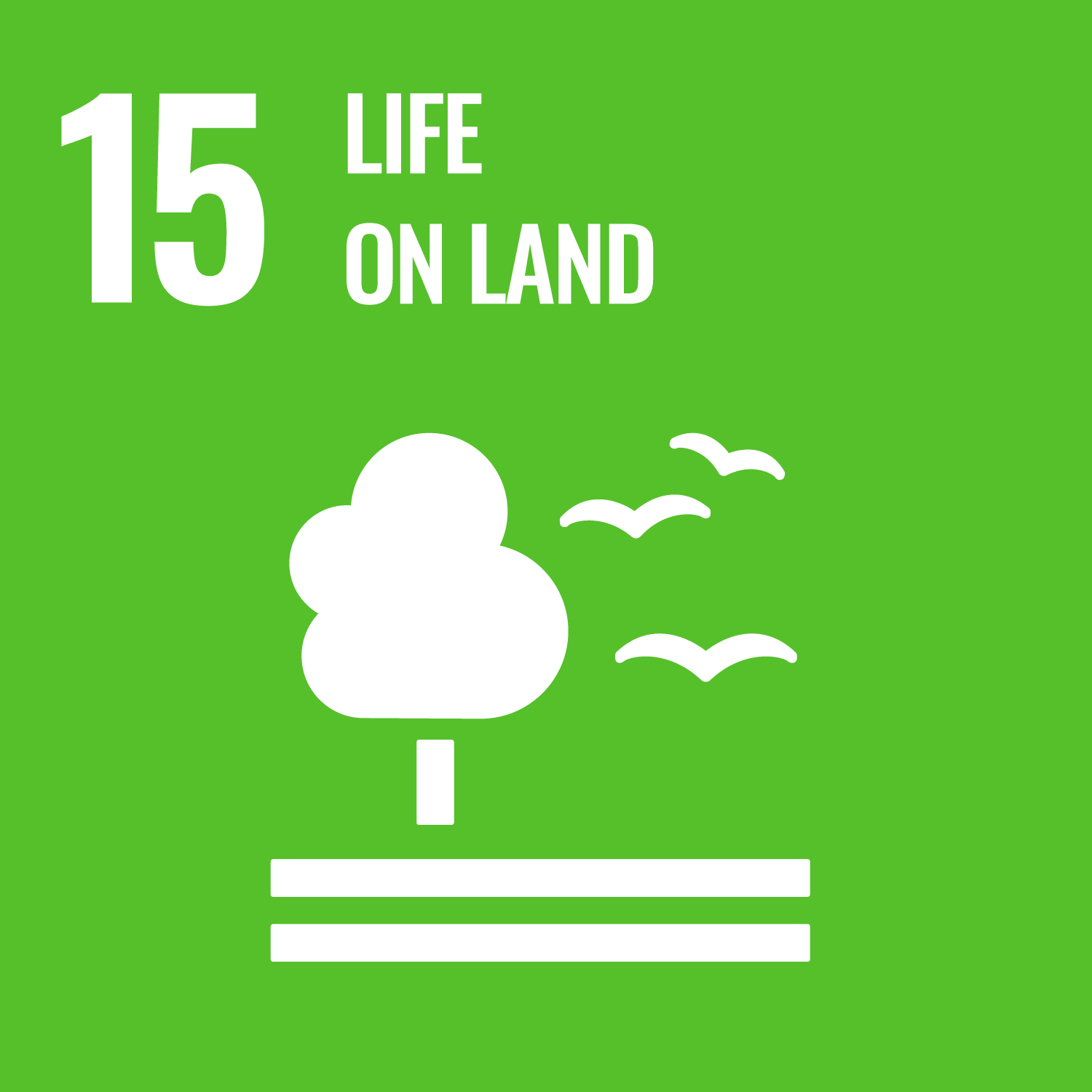Hastie, A., Householder, J.E., Coronado, E.N.H. et al. (30 more authors) (2024) A new data-driven map predicts substantial undocumented peatland areas in Amazonia. Environmental Research Letters, 19 (9). 094019. ISSN 1748-9318
Abstract
Tropical peatlands are among the most carbon-dense terrestrial ecosystems yet recorded. Collectively, they comprise a large but highly uncertain reservoir of the global carbon cycle, with wide-ranging estimates of their global area (441 025-1700 000 km²) and below-ground carbon storage (105-288 Pg C). Substantial gaps remain in our understanding of peatland distribution in some key regions, including most of tropical South America. Here we compile 2413 ground reference points in and around Amazonian peatlands and use them alongside a stack of remote sensing products in a random forest model to generate the first field-data-driven model of peatland distribution across the Amazon basin. Our model predicts a total Amazonian peatland extent of 251 015 km² (95th percentile confidence interval: 128 671-373 359), greater than that of the Congo basin, but around 30% smaller than a recent model-derived estimate of peatland area across Amazonia. The model performs relatively well against point observations but spatial gaps in the ground reference dataset mean that model uncertainty remains high, particularly in parts of Brazil and Bolivia. For example, we predict significant peatland areas in northern Peru with relatively high confidence, while peatland areas in the Rio Negro basin and adjacent south-western Orinoco basin which have previously been predicted to hold Campinarana or white sand forests, are predicted with greater uncertainty. Similarly, we predict large areas of peatlands in Bolivia, surprisingly given the strong climatic seasonality found over most of the country. Very little field data exists with which to quantitatively assess the accuracy of our map in these regions. Data gaps such as these should be a high priority for new field sampling. This new map can facilitate future research into the vulnerability of peatlands to climate change and anthropogenic impacts, which is likely to vary spatially across the Amazon basin.
Metadata
| Item Type: | Article |
|---|---|
| Authors/Creators: |
|
| Copyright, Publisher and Additional Information: | © 2024 The Author(s). Published by IOP Publishing Ltd. Original content from this work may be used under the terms of the Creative Commons Attribution 4.0 licence. Any further distribution of this work must maintain attribution to the author(s) and the title of the work, journal citation and DOI. |
| Keywords: | tropical peatlands, carbon cycle, climate change, data-driven modelling, wetlands, peat, Amazonia |
| Dates: |
|
| Institution: | The University of Leeds |
| Academic Units: | The University of Leeds > Faculty of Environment (Leeds) > School of Geography (Leeds) > Ecology & Global Change (Leeds) |
| Depositing User: | Symplectic Publications |
| Date Deposited: | 04 Sep 2024 08:32 |
| Last Modified: | 04 Sep 2024 08:32 |
| Published Version: | https://iopscience.iop.org/article/10.1088/1748-93... |
| Status: | Published |
| Publisher: | IOP Publishing |
| Identification Number: | 10.1088/1748-9326/ad677b |
| Related URLs: | |
| Sustainable Development Goals: | |
| Open Archives Initiative ID (OAI ID): | oai:eprints.whiterose.ac.uk:216794 |
Download
Filename: A new data-driven map predicts substantial undocumented peatland areas in Amazonia.pdf
Licence: CC-BY 4.0


![A new data-driven map predicts substantial undocumented peatland areas in Amazonia.pdf [thumbnail of A new data-driven map predicts substantial undocumented peatland areas in Amazonia.pdf]](https://eprints.whiterose.ac.uk/id/eprint/216794/1.hassmallThumbnailVersion/A%20new%20data-driven%20map%20predicts%20substantial%20undocumented%20peatland%20areas%20in%20Amazonia.pdf)
 CORE (COnnecting REpositories)
CORE (COnnecting REpositories) CORE (COnnecting REpositories)
CORE (COnnecting REpositories)